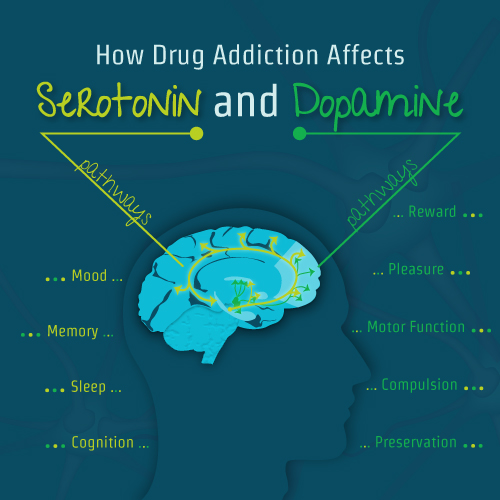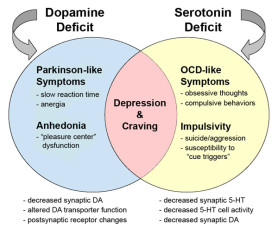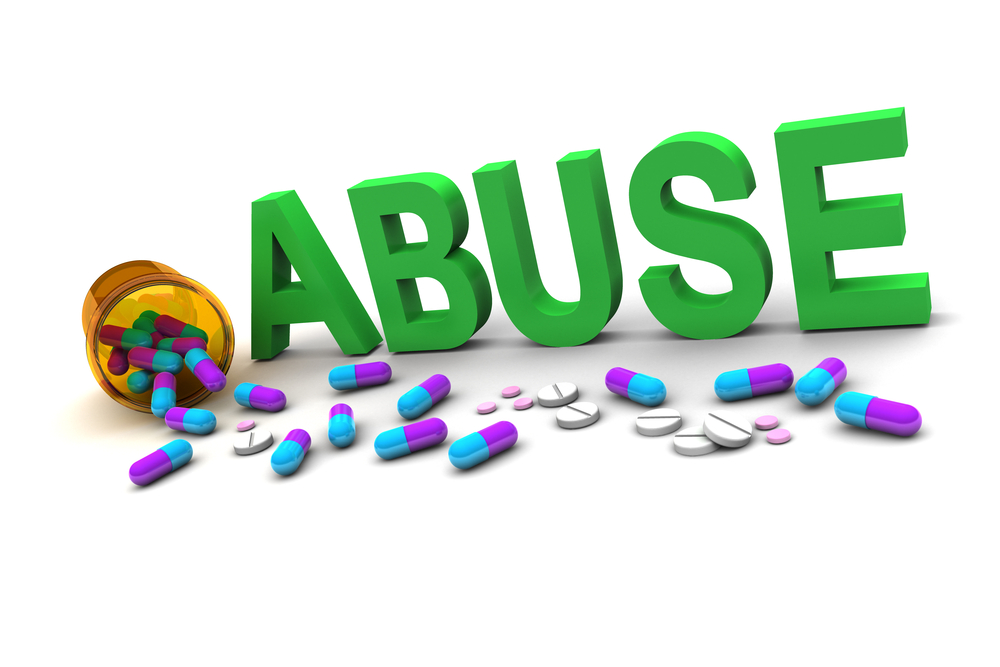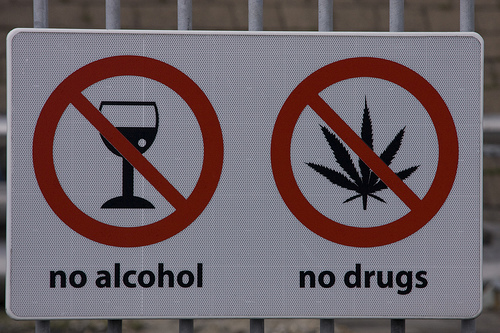Speedball combination of heroin and cocaine

Speedball combination of heroin and cocaine, not a good match
Speedball combination of heroin and cocaine: Treating the toxic effects of multiple addiction
When addressing the problems relating to multiple addiction, it will certainly be incomplete if speedball combination is not addressed. Doctor Dalal Akoury MD and founder of AWAREmed Health and Wellness Resource Center says that the other wide spread drug combination is certainly the Speedball. As a matter of fact this happens when heroin and cocaine are taken together intravenously in the same syringe or by insulation. Originally the term Speedball was applied only to combination of heroin and cocaine. Nowadays it also can be applied to mixture of any opioids with amphetamines and bezodiazepines. The idea of Speedball is the use of stimulant (Cocaine) and depressant (Heroin) at a time.
Speedball combination of heroin and cocaine: Avoidance of negative side effects of drugs
Combination of “upper” and “downer” is meant to reach the more intense rush of euphoria and the same time to alleviate the negative side-effects of both drugs such as an excessive anxiety and depression. Avoidance the sedative effect of heroin is the most frequent cause of appeal to Speedball. Two substances with opposite effects cause a state of mediator chaos in user’s brain. Incoherence, confusion, drowsiness, blurred vision, motor skills dysfunction, uncontrolled behavior, paranoid delusions, hallucinations, excessive arousal are the typical symptoms of speedball intoxication.
There are two main groups of complications from using the Speedball. The first one comes from cardiovascular toxic effects of Cocaine: irregular heartbeat, blood hypertension, vascular constriction which often result in heart attack/ heart arrest, brain hemorrhage or ischemic stroke. The second one comes from pharmacodynamics of the drugs. The effects of cocaine wear off far faster than those of heroin. Uncovered, isolated effects of heroin may result in severe respiratory depression which is a life-threatening condition.
Speedball combination of heroin and cocaine: Physical dependence
This cocktail of drugs creates a strong physical dependence with all classical symptoms of heroin deprivation (nervousness, sickness, sever muscle pain, vomiting, diarrhea, sweating and etc.) strengthened by symptoms of cocaine withdrawal (insomnia, paranoia, anxiety, restlessness and etc.), lasting even in the case of medical assistance no less than two weeks. Finally by now you must be well conversant with the dangers of drug addiction and you can just imagine that not just one but two or more of the drugs are wreaking havoc in your life in the name of multiple drug addiction. That is why this article was pointing out some of the collaborations drug users can make to even add more problems to their health. Even though multiple cases of drug addiction are increasing daily, this problem can be treated effectively. Therefore if you are struggling with addiction of any kind, be it multiple or otherwise, you can call doctor Dalal Akoury today and book an appointment with her and you will never regret having done so.
Speedball combination of heroin and cocaine: Treating the toxic effects of multiple addictions
http://regenerativepotential.com/wp-admin








